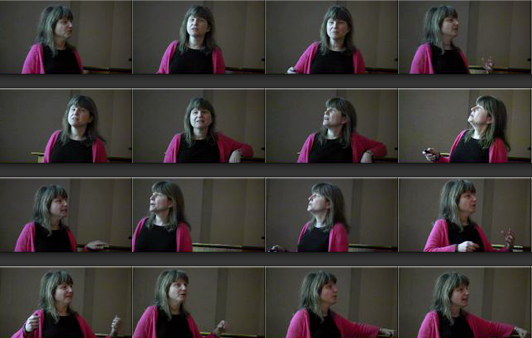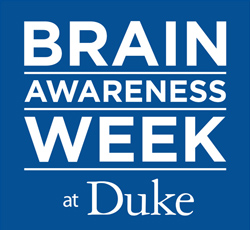By Ashley Mooney
As cardiovascular disease becomes more prevalent in China, researchers look to change cooking practices that may be putting people at higher risk.
Currently, the top two causes of death in China are cardiovascular disease and chronic obstructive pulmonary disease, meaning that cardiovascular interventions will become increasingly important in public health, Assistant McGill University professor Jill Baumgartner said in a March 21 lecture. Environmental pollution from industry, increasing vehicle pollution, tobacco smoke and biomass usage have contributed to China’s shift in disease burden.
“There’s been massive changes in China since the 1970s, they’ve brought in economic and social reforms. You see these massive increases in [gross domestic product] per capita as well as life expectancy,” she said. “[As a result], there’s been this shift from nutritional or infectious disease-related deaths in China… to chronic diseases.”
Many across the globe use gasifier stoves to cook, which use wood or coal as fuel and emit more carbon monoxide than electric alternatives. These emissions are not only harmful to the environment, but chronic exposure can lead to an increase in systolic blood pressure—a marker for increased risk of cardiovascular disease.
“Globally, about half the world’s population is using biomass and coal as their primary energy source,” Baumgartner said. “In China it’s just under 50 percent of the population.”
Baumgartner primarily studied women who have never smoked cigarettes in Yunnan, a southern province of China. Culturally, women from this area rarely smoke, while men often do, she said. The women are also the primary cooks for the family, meaning they spend the most time near biomass-burning stoves and space heaters and are ideal study subjects for the effects of the biomass without the confounds of smoking.
By measuring particulate matter, black carbon and water-soluble organic carbon, Baumgartner determined women’s seasonal exposure to biomass and its effect on their blood pressure. Black carbon is associated with regional climate warming and is used as an indicator of combustion particulate matter and water-soluble organic carbon is an indicator of biomass particulate matter.
“When we think about climate change and other greenhouse gasses, the effects are going to be really long term,” Baumgartner said. “But black carbon is unique because if you turn off black carbon, it’s kind of like turning off the tap. So you stop black carbon from entering the atmosphere and the warming effect decreases in weeks.”
While Baumgartner’s research initially looked at only the effects of biomass burning on cardiovascular health, she is transitioning to work on interventions. Since the beginning of her work in Yunnan, engineers have built a biomass-pellet manufacturing site, which provides more efficient and less toxic fuel for locals.
Baumgartner said interventions leading to a 8mm Hg decrease in systolic blood pressure could translate to a 29 percent decrease in coronary heart disease and 38 percent decrease in the onset of strokes.


















